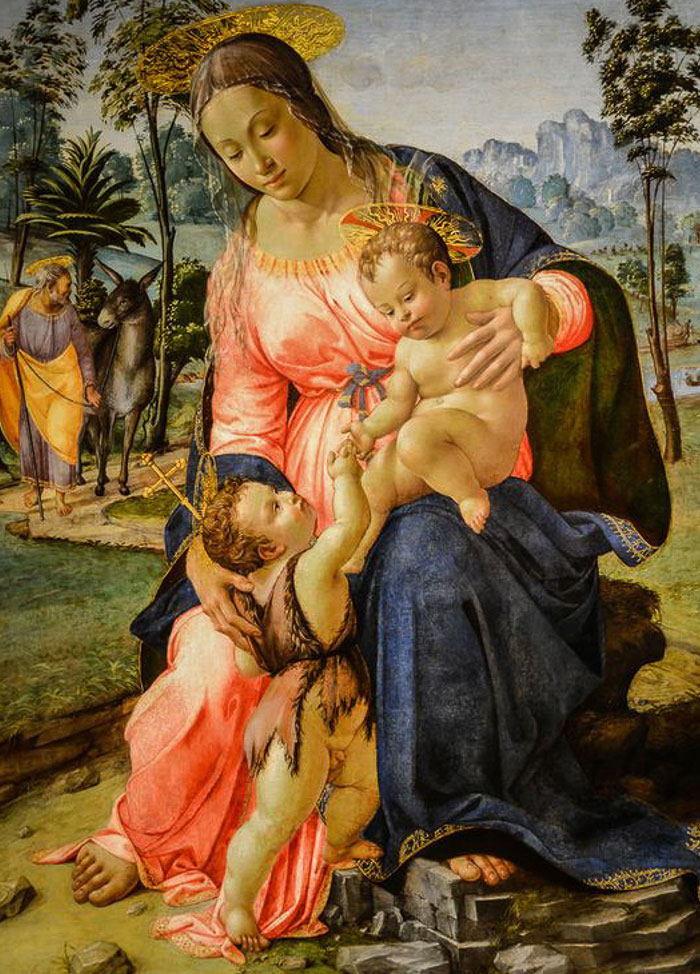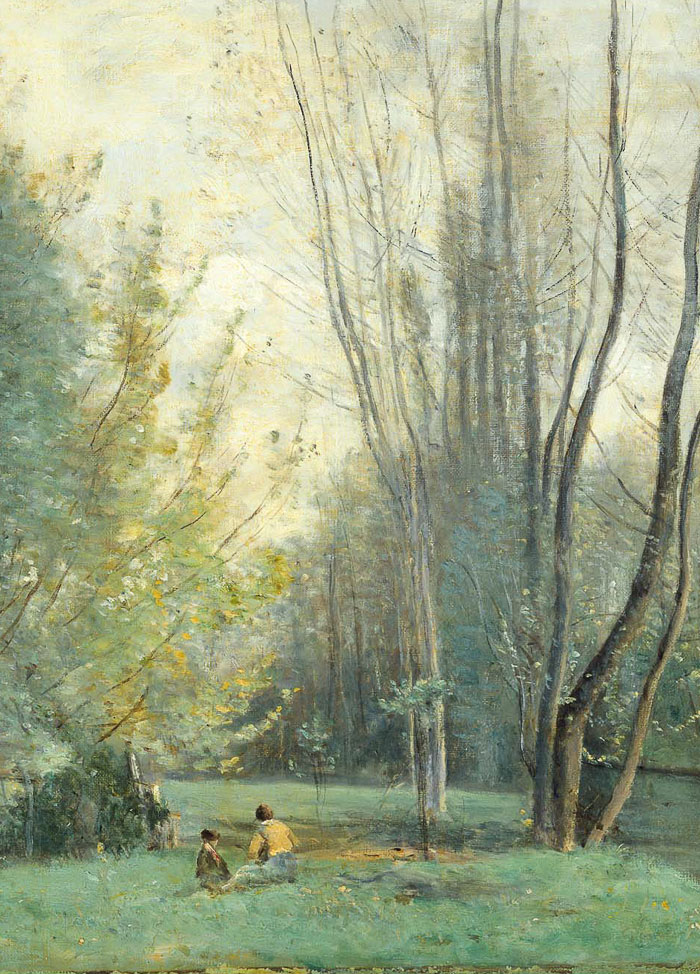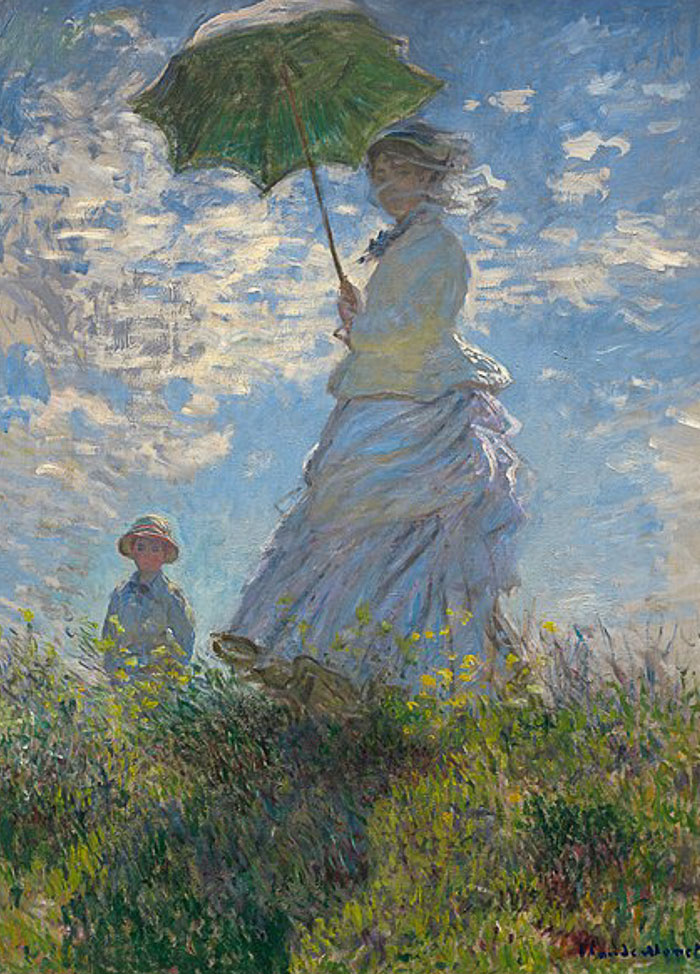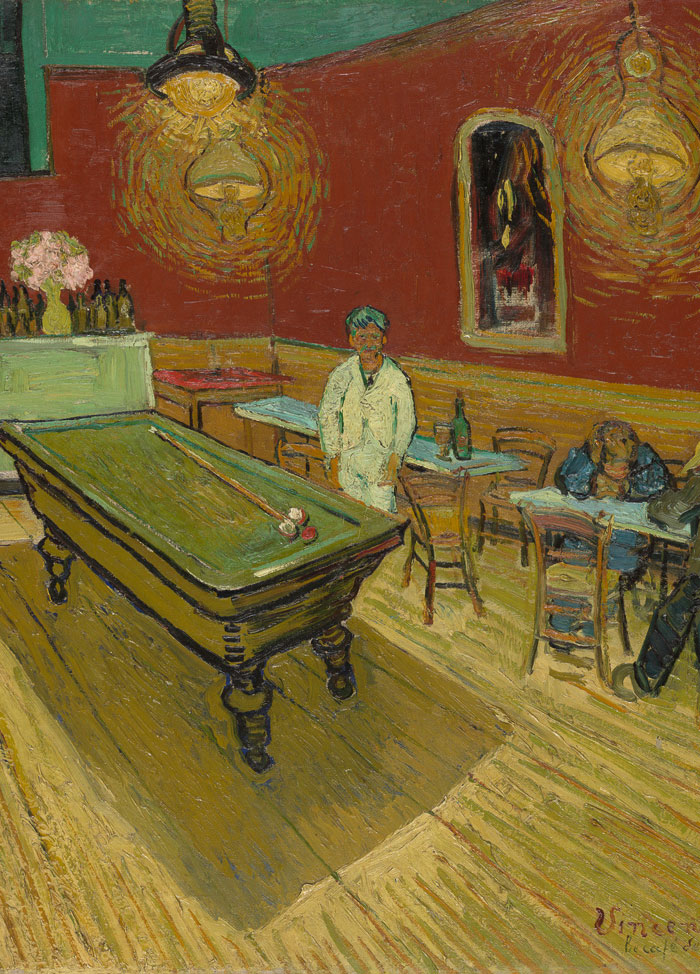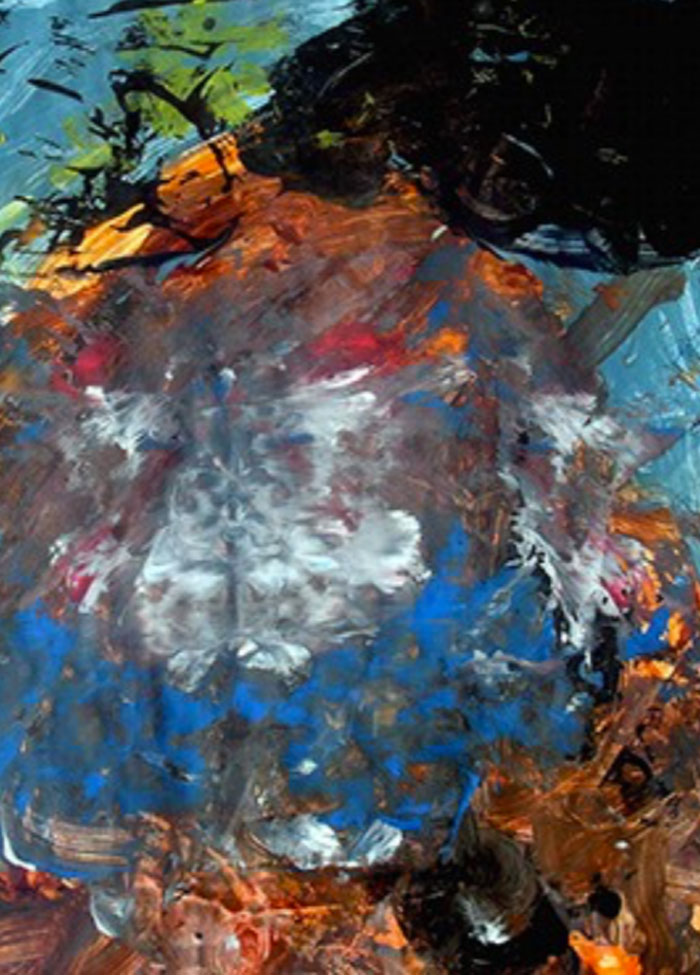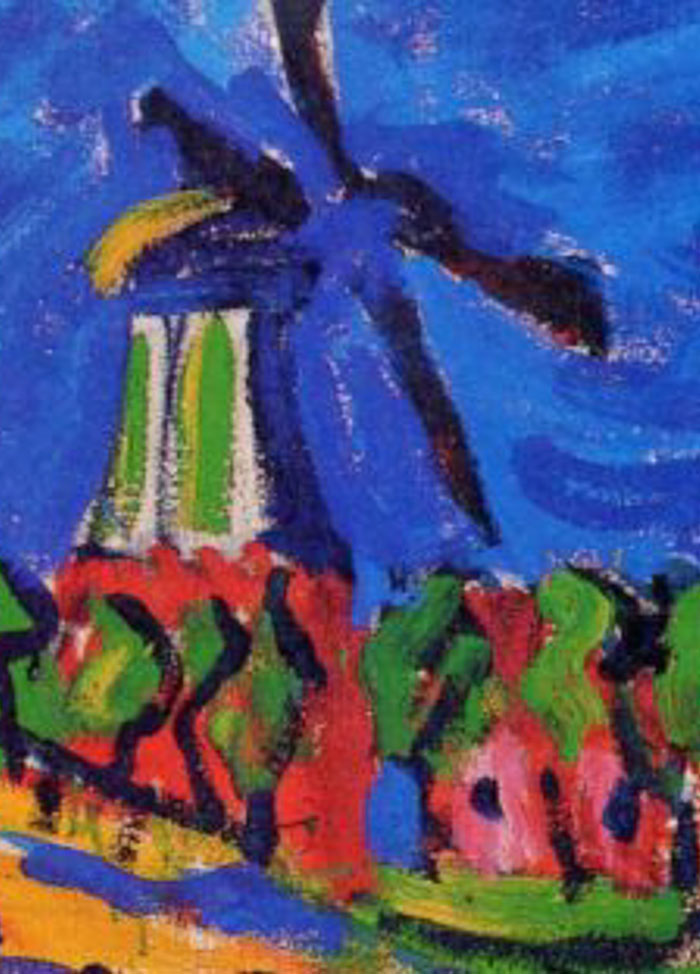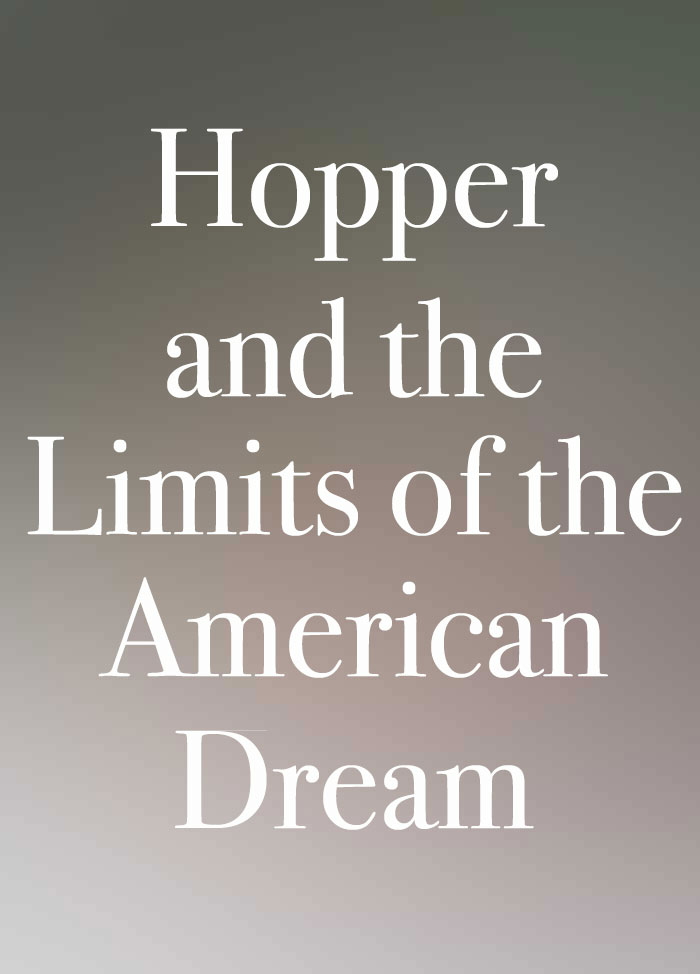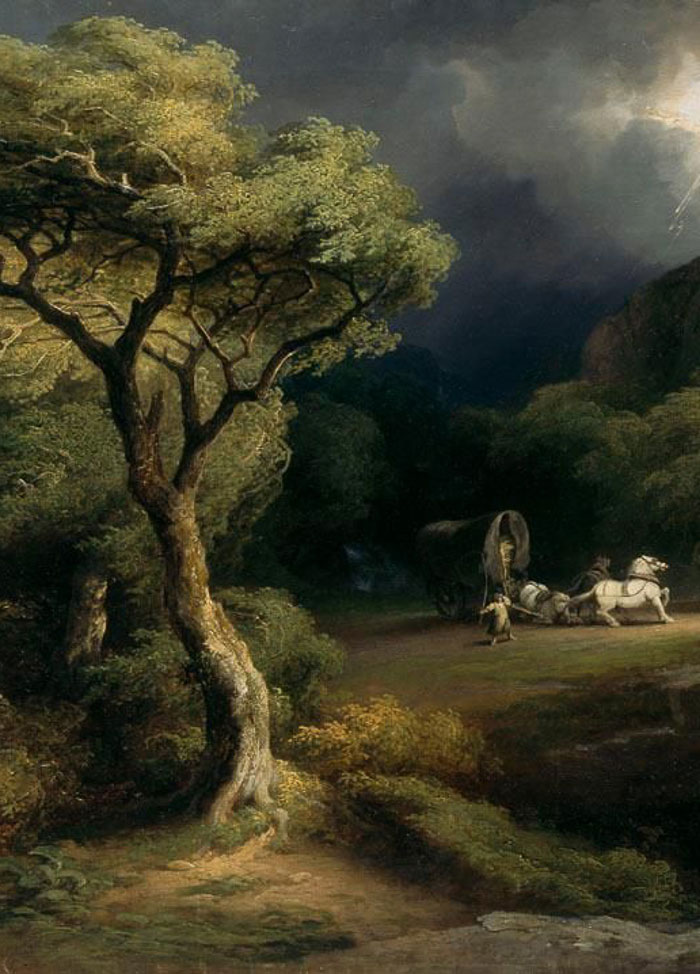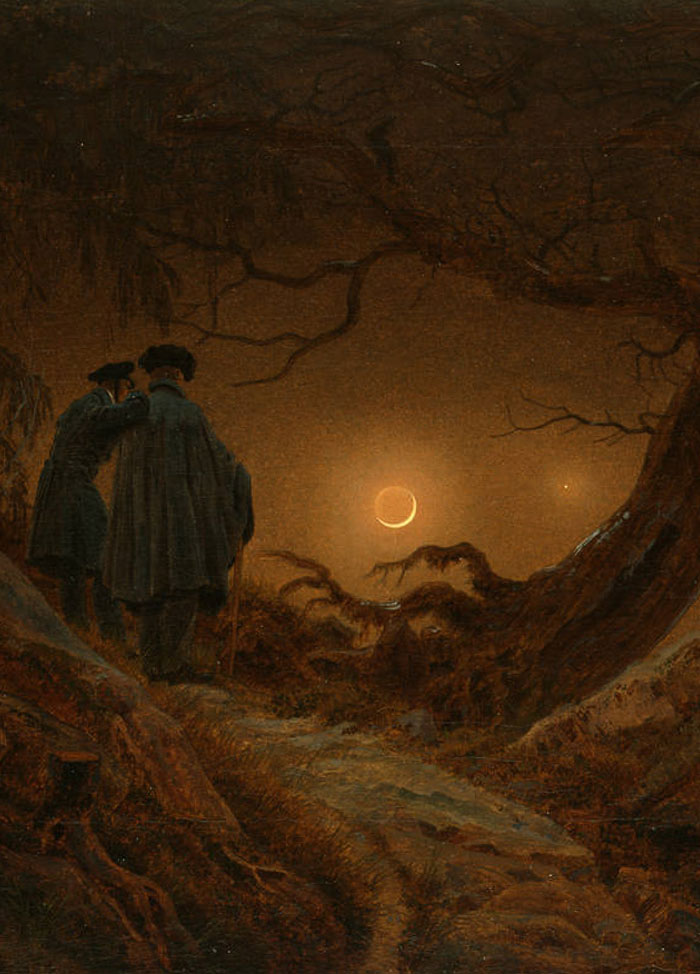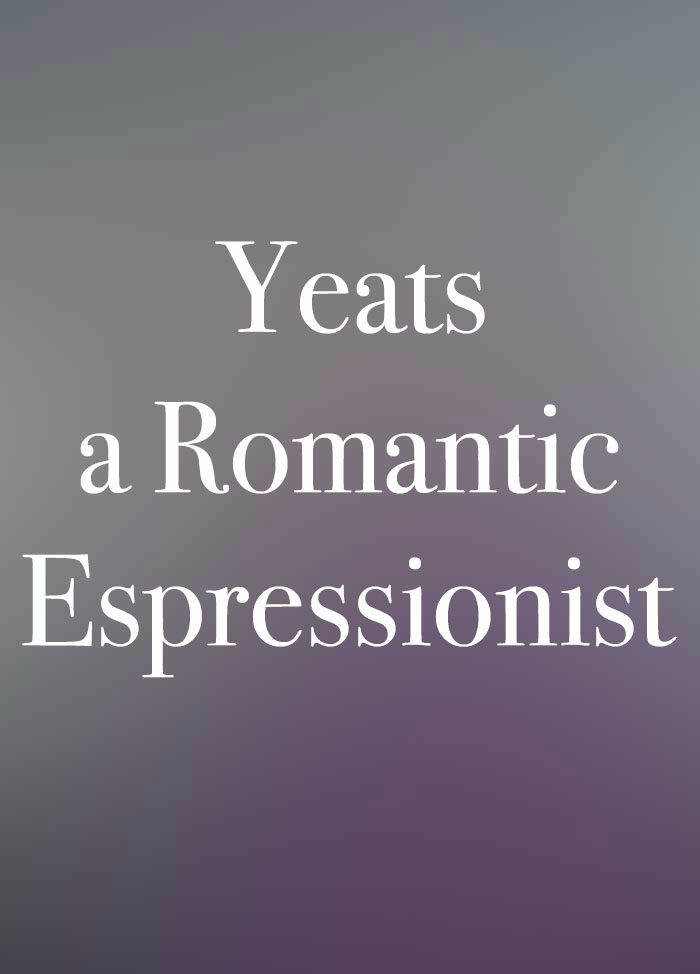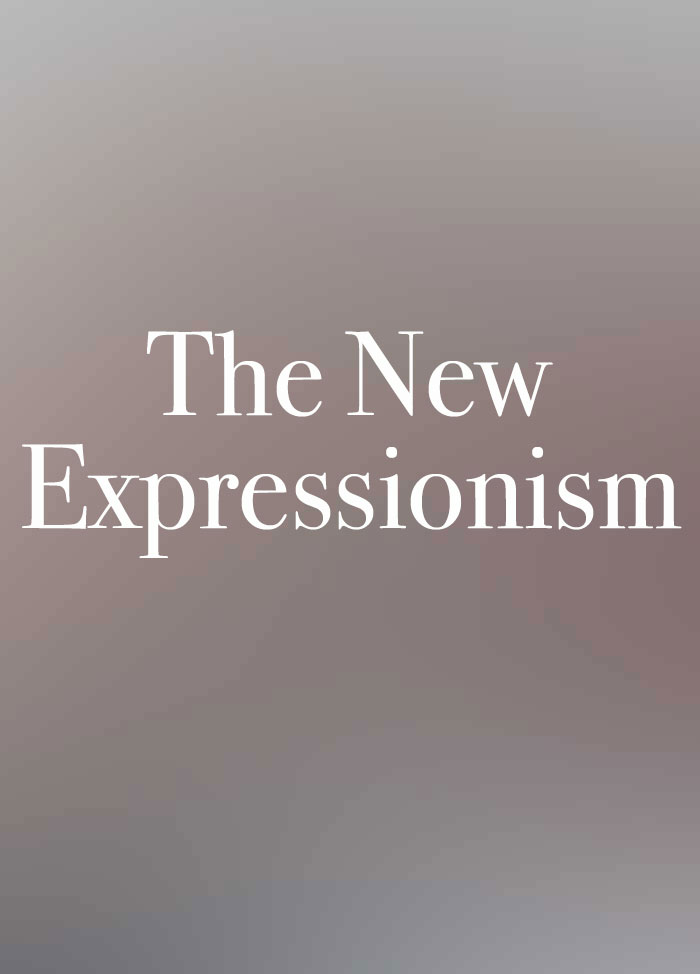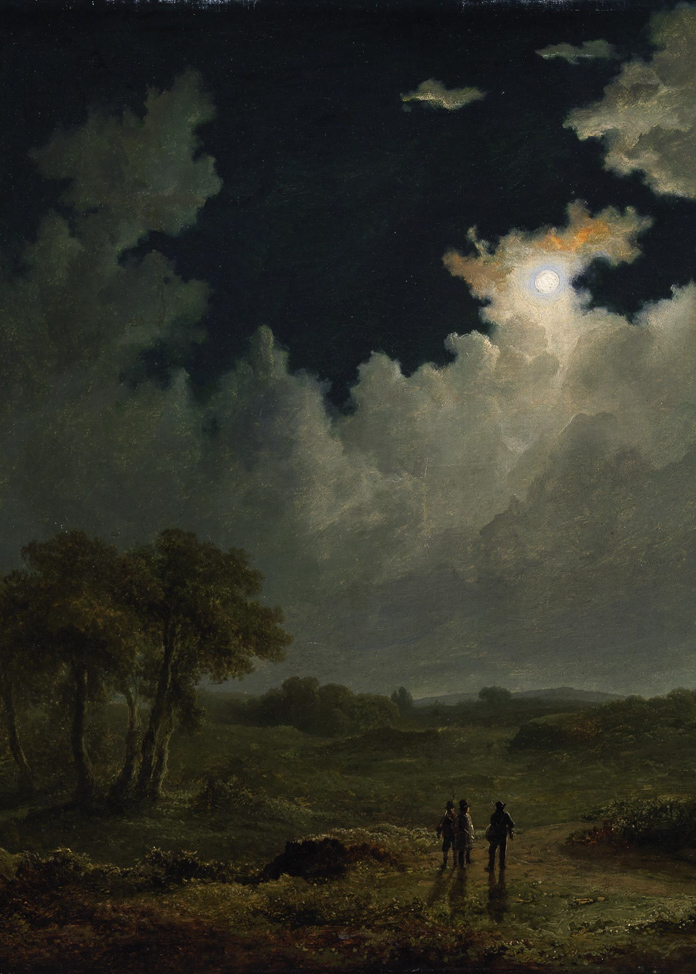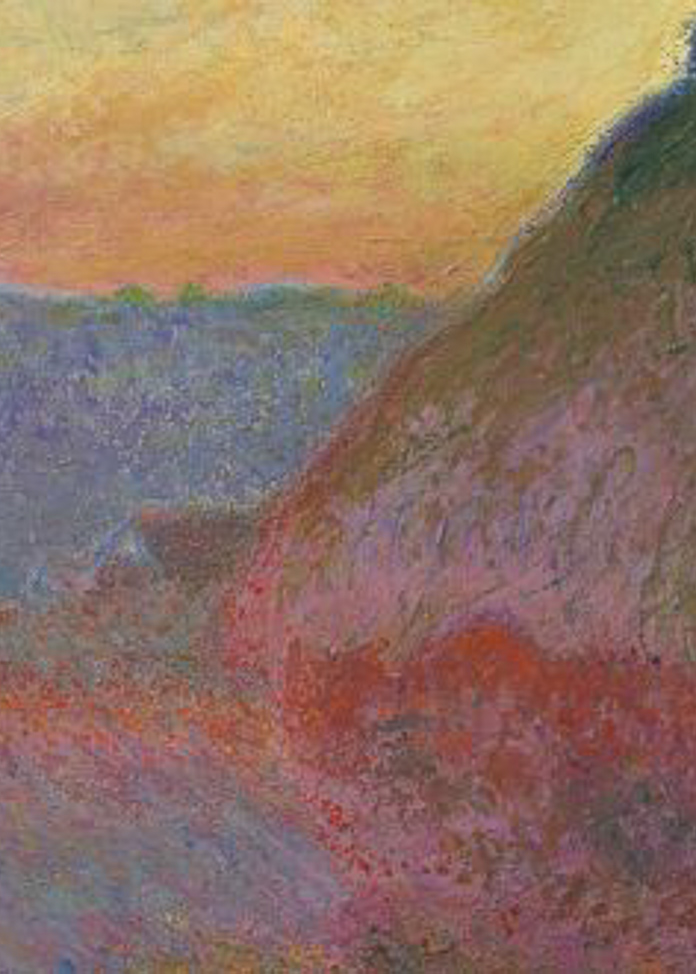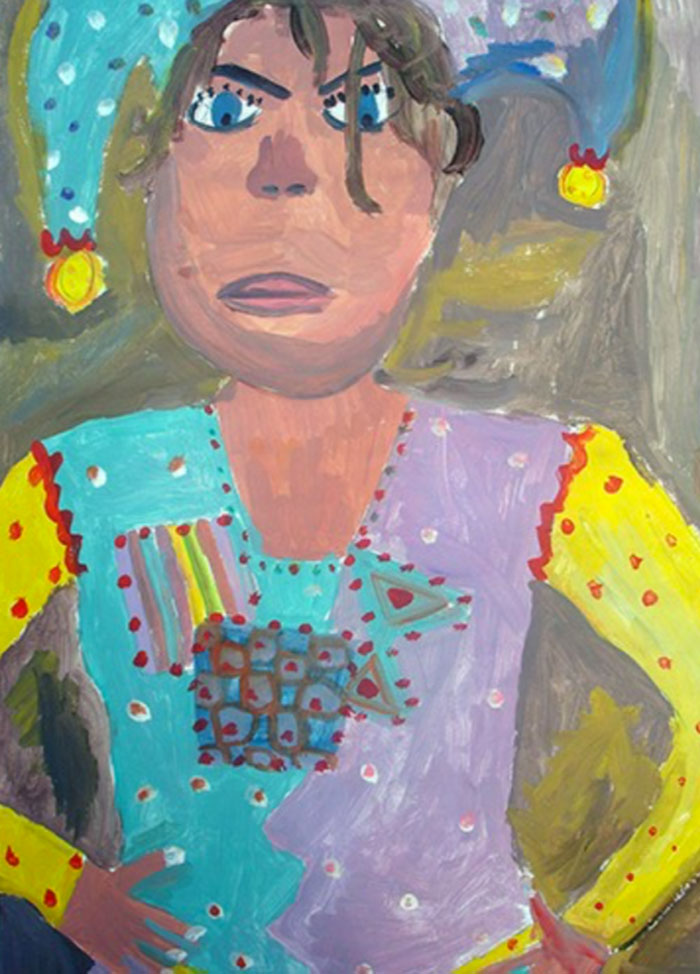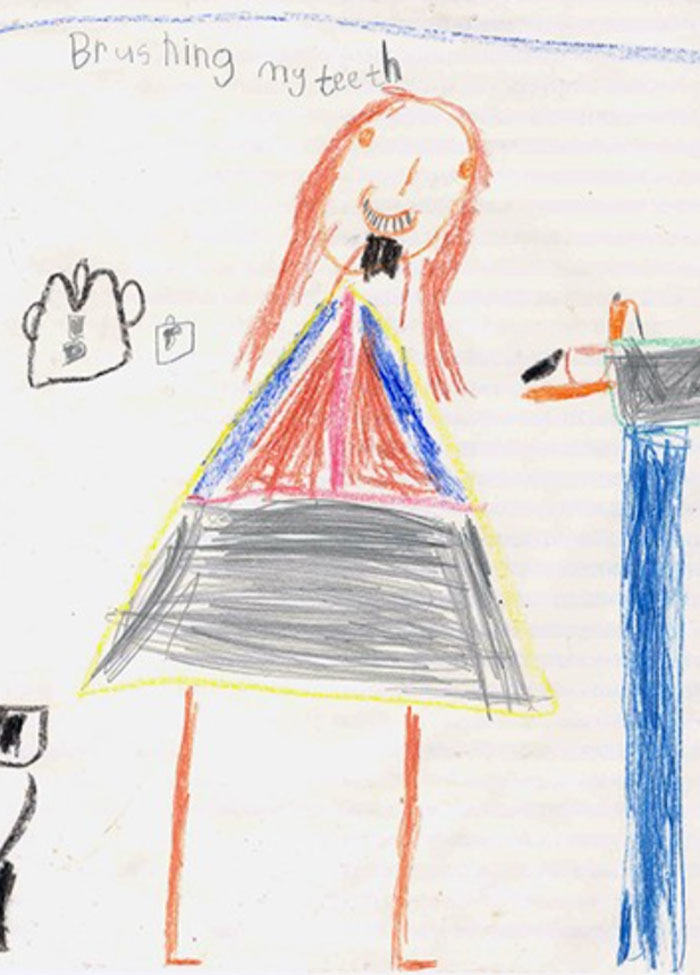Looking and Responding to Art in the Primary School
I have a strong belief that no matter how we approach art in the Primary School, some background knowledge of the lives and works of the great artists can only prove beneficial and an inspiration in our work as teachers. This is what I have tried to provide in a simplified manner in chapters 1 to 11 of the book. Children could also research further information on artists over the internet. Chapter 12 deals specifically with looking and responding to art. Throughout the review I emphasise the importance of a verbal response. As follow-up activities, I also occasionally suggest an additional response in creative writing or in practical art activities.
Teachers who may be interested in a particular artist or art movement are at liberty to download an individual chapter and adapt it for use with a particular age group. Chapter 12 could be used for continual reference.
Although this project is designed in a history of art format, this does not mean that primary school teachers should follow that approach in their teaching. For a lesson on looking and responding, one or two paintings may be selected from any part of the book. In teaching, I would never use such technical terms as "impressionism" or "expressionism".
Chapter 13 deals with ideas for a visit to an art gallery with children (specifically for a visit to the Impressionist exhibition on the opening of the millennium wing of the National Gallery of Ireland). The ideas here can be adapted for any age group and for any exhibition. Chapter 14 is concerned with one possible approach to practical art, together with a selection of images of children's art from Breaffy N. S.


